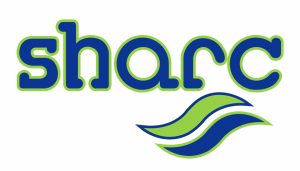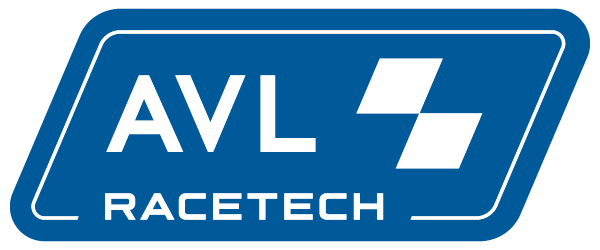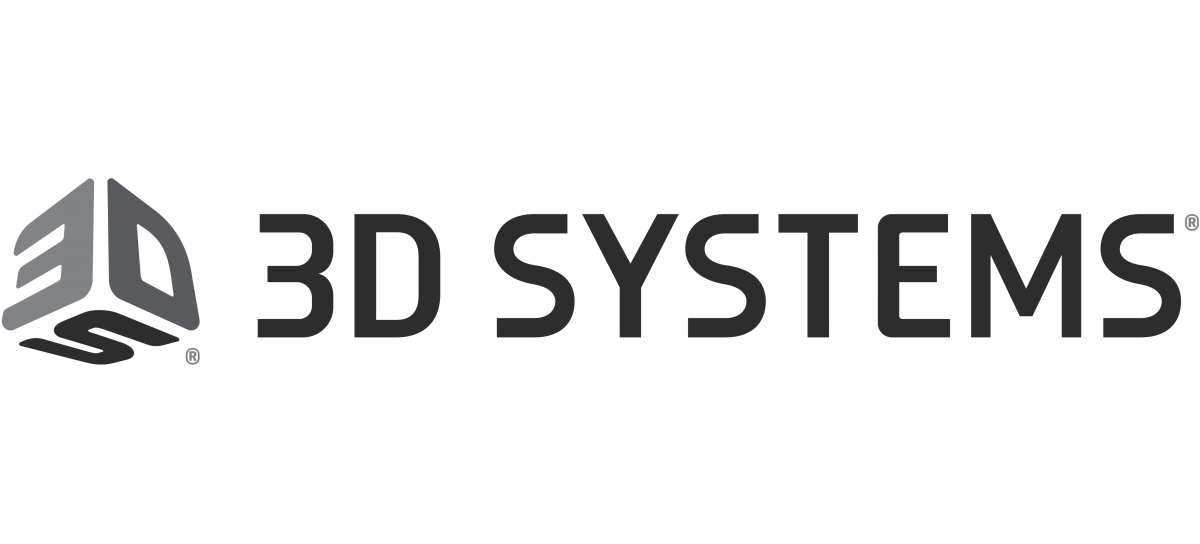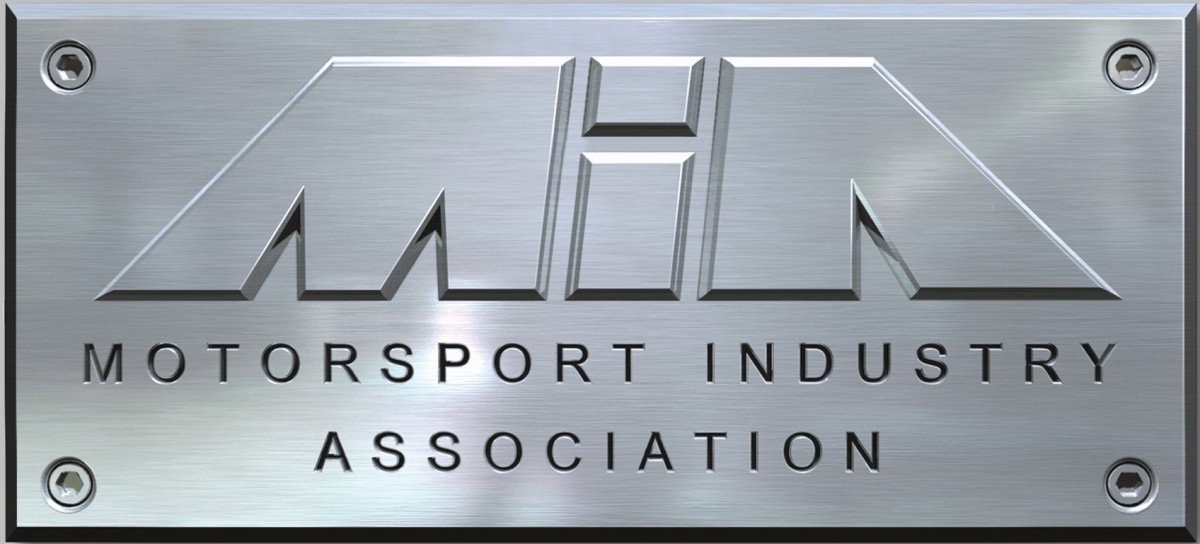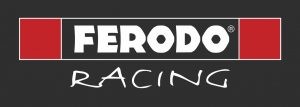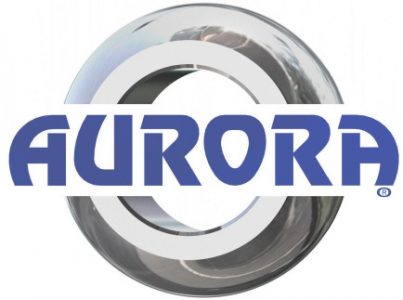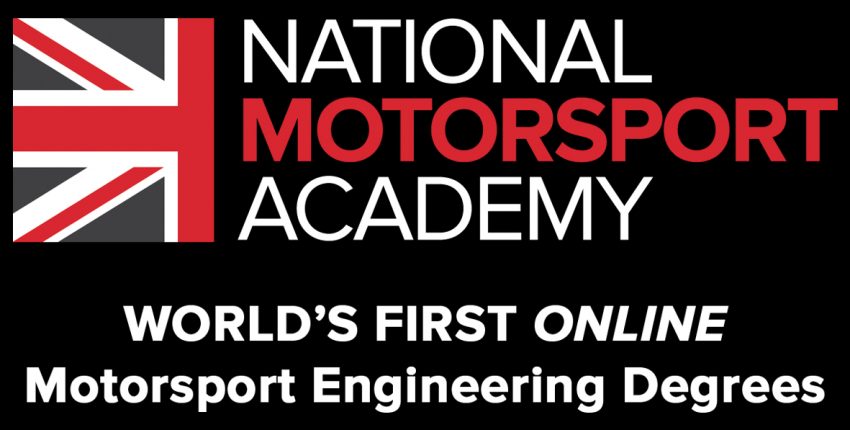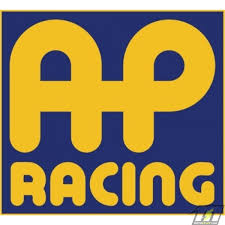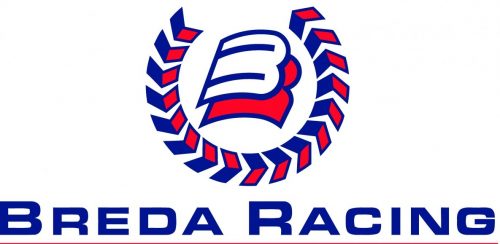Indycar tests new Aeroscreen on-track
Indycar, in collaboration with Red Bull Advanced Technologies, staged its first on-track test of a revolutionary Aeroscreen at Indianapolias Motor Speedway.
Five-time NTT IndyCar Series champion, Scott Dixon, of Chip Ganassi Racing and 2014 series champion, Will Power, of Team Penske, completednearly 650 miles around the iconic 2.5-mile oval with the new Aeroscreen.
Power ran 129 laps at a top speed of 224.591 mph while Dixon completed 128 laps with a best of 224.501 mph. Neither reported issues with visibility, head buffeting or car handling, all positives for the Aeroscreen that will be fitted to all NTT IndyCar Series cars for the 2020 season.
“We had pretty high expectations, and we’ve probably exceeded them already,” Indycar President Jay Frye said. “I think it’s done everything we thought it would do and then some. Obviously, we’ve learned a lot.
“I think the most important thing is the foundation is right … and it’s been a very turn-key event, so we’re really proud of that.”
The Aeroscreen has been developed by Red Bull Advanced Technologies to reduce the risk of driver injury from debris or other objects striking the cockpit area. The driver safety innovation encompassing the cockpit is comprised of a ballistic Aeroscreen anchored by titanium framework.
The RBAT design consists of a polycarbonate laminated screen that includes an anti-reflective coating on the interior of the screen, an anti-fogging device through an integral heating element and tear-offs, all of which will be produced by integrated third-party companies. Another feature for the drivers will be a cockpit-cooling duct designed by Dallara using its computational fluid dynamics.
The titanium framework mounts in three areas around the cockpit: the chassis centerline, two rear side mounts and roll hoop integration to provide enhanced load-bearing capabilities. The load bearing is expected to be 150 kilonewtons (kN), which equals the FIA load for the Halo design currently used in Formula One. A kilonewton is equal to approximately 225 pounds.
Dixon tested an Aeroscreen prototype on a simulator July 2 at the Dallara Research Center in Speedway, Ind. Dallara is an official Indycar supplier and a partner in the Aeroscreen project.
“I’m so impressed with how quickly all this came together,” Power said. “To have the first run in and really no major issues … it’s just little things that need to be worked on.”
“It’s been an intense project and one that I think a lot of people have done their due diligence on to get it to this point,” Dixon said. “Today’s been pretty much seamless.”
“There’s actually a lot less load on the helmet,” Dixon said. “Visually, there’s been no (issue). Some of the areas with tear-offs and where they seam in the middle will be sort of fixed down the road to make it better.”
“I’m so happy that we have it,” Power said. “It’s really a huge step in safety, and I think it’s the best of both worlds. You’ve got the halo and you’ve got a screen, so I think that you’ll see other open-wheel categories follow suit. When you’ve driven it for a day, you’re going to feel naked without it.”
Indycar has scheduled additional Aeroscreen tests at Barber Motorsports Park, a permanent road course, with Team Penske’s Simon Pagenaud and Andretti Autosport’s Ryan Hunter-Reay on Oct. 7; Richmond Raceway, a short oval, with Dixon and Team Penske’s Josef Newgarden on Oct. 15; and Sebring International Raceway, a road course which can simulate a street circuit, with Arrow Schmidt Peterson Motorsports’ James Hinchcliffe and Dale Coyne Racing with Vasser-Sullivan’s Sebastien Bourdais on Nov. 5.
Aeroscreens are to be delivered to all NTT IndyCar Series teams prior to Christmas.




